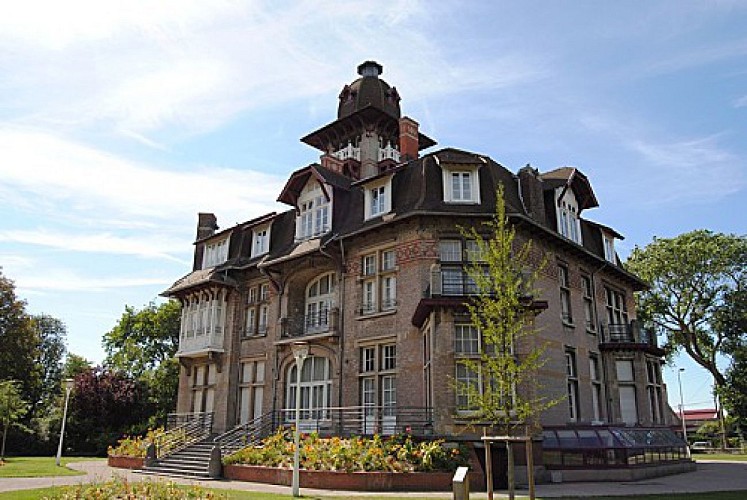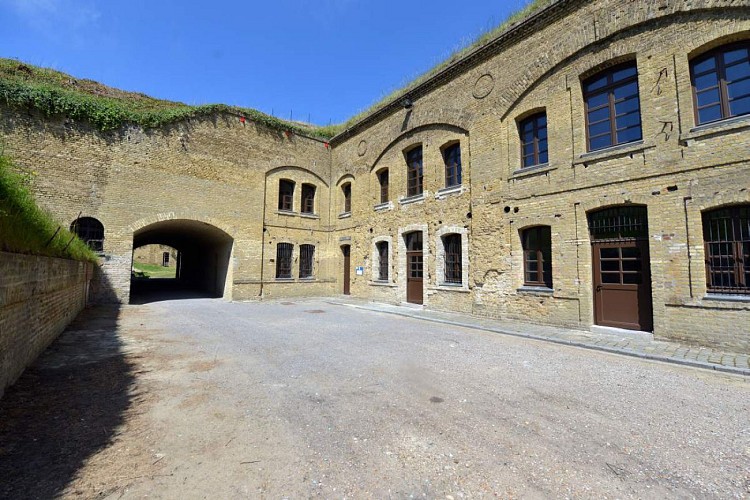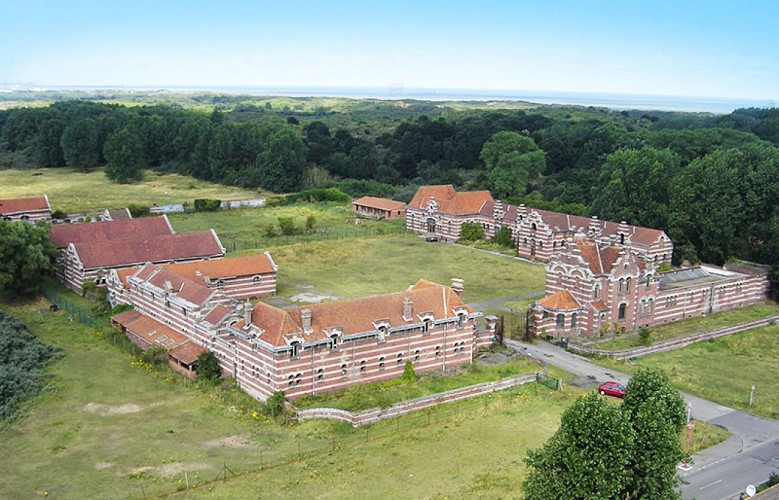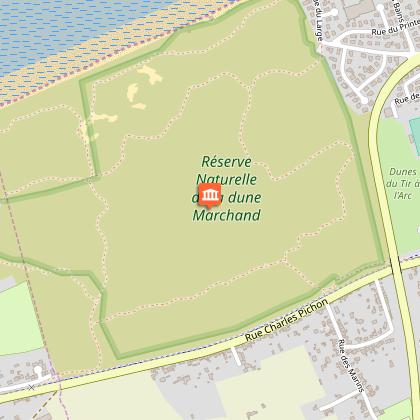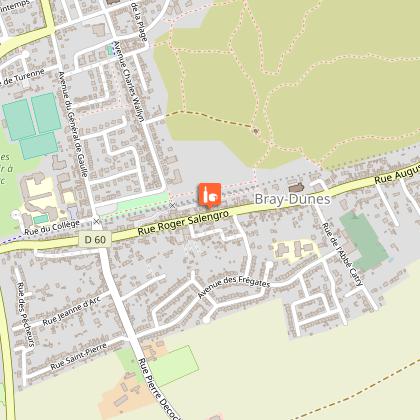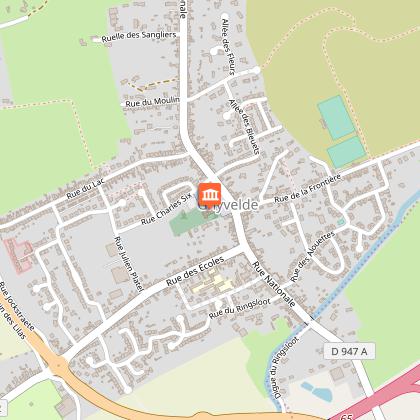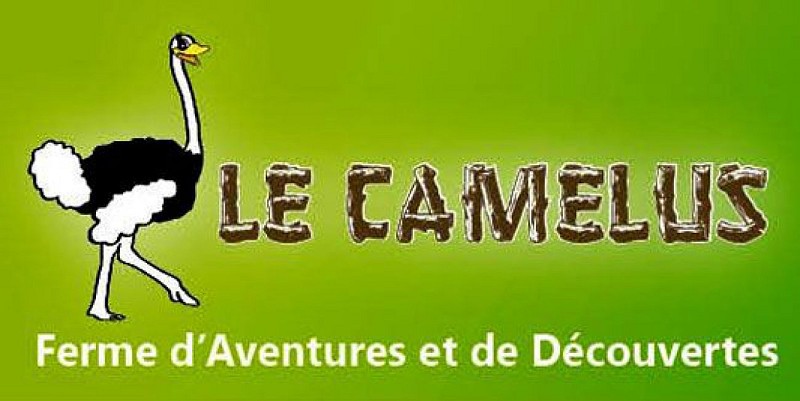Alert
Alerts
bike tour Dunes of Flanders
IGN cards







Description
Discover the dunes of Flanders through the municipalities of Leffrincoucke, Zuydcoote and Bray Dunes.
On the road you will pass the Dunes Fort, the Marchand dune, the Dewulf dune and the Parrot dune.
Technical Information
Altimetric profile
Starting point
Points of interest
Data author

The Cirkwi brief
Imagine pedaling through the scenic dunes of Flanders, encompassing the quaint communes of Leffrincoucke, Zuydcoote, and Bray Dunes. This journey isn't just a ride; it's a voyage through picturesque landscapes, unveiling the grandeur of Fort des Dunes and the serene beauty of the Marchand, Dewulf, and Perroquet dunes. Crafted by Xavier Lesaege, this route offers more than just a bike path; it provides a narrative of natural splendor and tranquility. Prepare to be enveloped by the calming breeze and the rustic charm of these historic dunes.
Brief Technical Overview
This bike route stretches approximately 25.23 km, with minimal elevation changes, ranging from sea level to a modest 10 meters at its highest point. The total positive elevation gain is around 14-15 meters, indicating a relatively flat journey ideal for cyclists of all levels. It's a well-thought-out track by Xavier Lesaege, offering a balance between easy riding and engaging landscapes, ensuring a pleasant experience without the strain of steep inclines.
Seasonal Tips and Safety
While embarking on this scenic route, it's important to consider the seasonal variations in the Flanders region. Spring and autumn offer mild temperatures and less crowded paths, ideal for leisurely rides. However, don summer attire for warmer rides in July and August, and be prepared with wind-resistant clothing during the breezy autumn and spring seasons. Safety-wise, always carry water, especially in summer, and ensure your bike is equipped with lights if venturing out during dusk or dawn, as some dunes areas can be secluded.
Insight into Dunkerque and Flanders
Dunkerque, along with its surrounding Flanders region, boasts a rich tapestry of history and culture. From its strategic importance in maritime trade to its role in various historical conflicts, the territory encapsulates centuries of pivotal events. Cycling through this area, one not only witnesses the geographic beauty but also traverses through land steeped in tales of resilience and triumph. The dunes themselves, natural fortifications against the sea, tell stories of ecological battles and victories, making every pedal a journey through time.
Weather Patterns and Best Visiting Times
The Flanders region experiences a temperate maritime climate, characterized by mild temperatures and moderate rainfall throughout the year. The best time to explore the dunes by bike would arguably be late spring to early autumn, from May through September, when the weather is mostly pleasant, and the natural scenery is at its peak. During this period, visitors can enjoy extended daylight hours, making it ideal for longer rides along the beautiful dune landscape.
